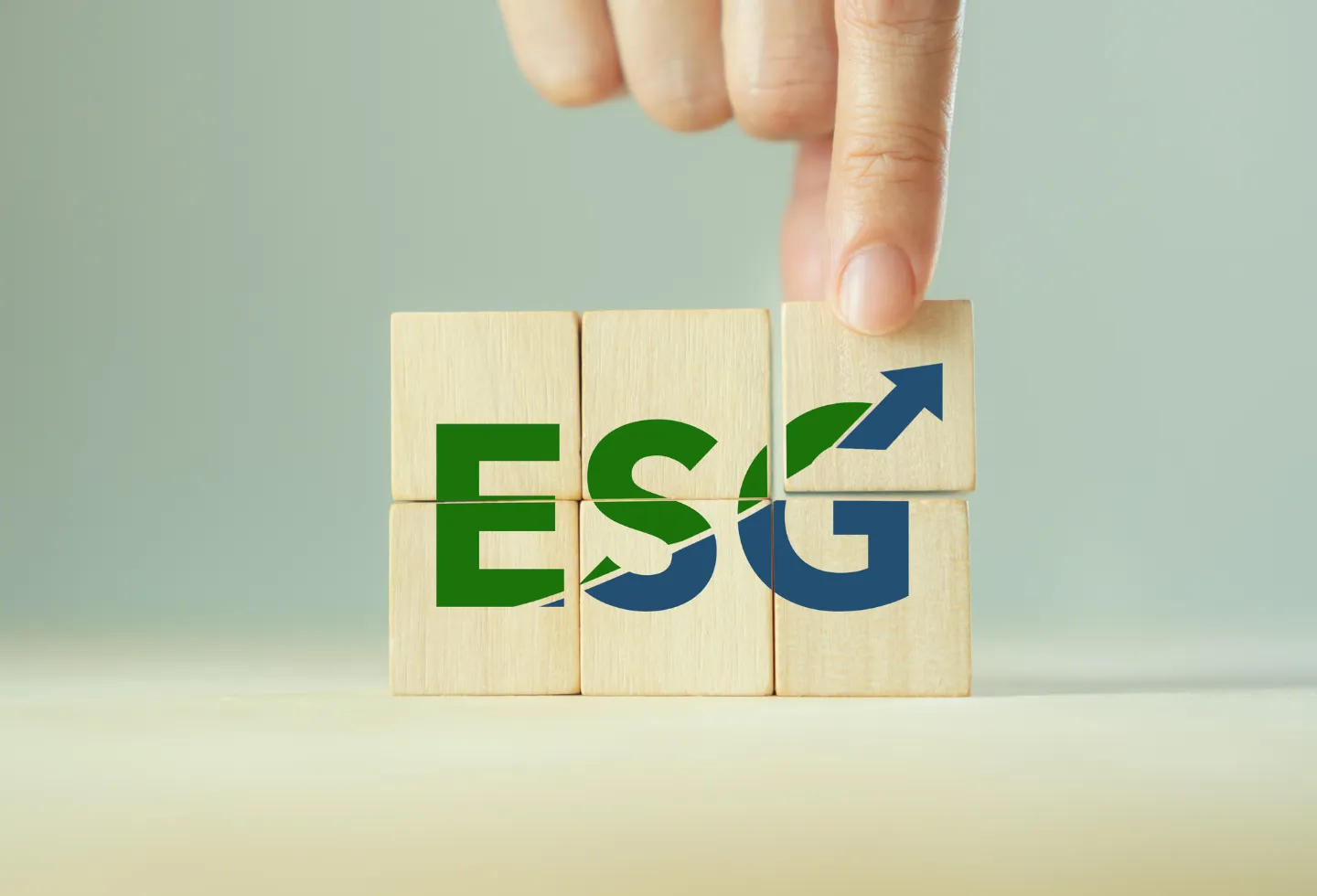In adopting Environmental, Social, and Governance (ESG) principles and recognizing the importance of sustainability and business practice, the United Arab Emirates (UAE) has made significant progress.
Stakeholders, such as investors, customers, and regulators, demand more transparency and accountability, and companies are incorporating ESG into their operations and decisions increasingly.
Developing a Digital ESG Roadmap
Making a full digital ESG roadmap is important. It’s for companies that want to add sustainability to their operations and decisions.
This roadmap is a strategic blueprint, which outlines the steps and initiatives needed to meet ESG goals.
The first step in making a digital ESG roadmap is to assess the organization’s current ESG performance and find areas for improvement.
This involves analyzing environmental impact, social responsibility practices, and corporate governance structures.
Once the organization completes the assessment, it should establish clear, measurable ESG goals. These goals should match its business strategy.
The goals should cover many ESG aspects including cutting carbon emissions. It also means promoting diversity and inclusion and boosting transparency and accountability.
The next step is to find the digital tools that can help achieve these goals.
This may include solutions for data collection and analysis. For example, IoT sensors, cloud computing, and advanced analytics.
Digital Technologies for ESG Implementation
Implementing an effective Digital ESG strategy requires leveraging various digital technologies to drive sustainability initiatives across the environmental, social, and governance dimensions.
Internet of Things (IoT) and Sensor Networks: IoT devices and sensor networks are invaluable for monitoring and collecting real-time data on environmental metrics such as energy consumption, water usage, waste generation, and greenhouse gas emissions.
Cloud Computing and Big Data Analytics: The vast amounts of ESG data generated by organizations can be efficiently stored, processed, and analyzed using cloud computing and big data analytics solutions.
Artificial Intelligence (AI) and Machine Learning (ML): AI and ML algorithms can be applied to ESG data to predict future trends, identify potential risks, and optimize processes for better resource utilization and waste reduction.
Blockchain and Distributed Ledger Technology (DLT): Blockchain and DLT offer transparent and immutable record-keeping capabilities, which can be leveraged for supply chain traceability, responsible sourcing, and verification of ESG claims and disclosures.
Digital Platforms and Collaboration Tools: Digital platforms and collaboration tools facilitate stakeholder engagement, knowledge sharing, and collaboration among employees, suppliers, customers, and other stakeholders, enabling effective communication and coordination of ESG initiatives.
Digitalization of ESG Processes: Streamlining and automating various ESG-related processes, such as data collection, reporting, auditing, and compliance management, through digital solutions can enhance efficiency, accuracy, and transparency.
By implementing these digital technologies, organizations can gain a comprehensive understanding of their ESG performance, identify areas for improvement, and implement targeted strategies to drive sustainable development.
Measuring and Reporting ESG Progress
Implementing a robust system for measuring and reporting ESG performance is critical for organizations pursuing a digital ESG roadmap.
Accurate data collection and transparent disclosure build trust with stakeholders and demonstrate accountability towards sustainability goals.
- Digital ESG Metrics and Frameworks
- Leveraging Digital Technologies
- Integrated Reporting Systems
- External Assurance and Verification
- Stakeholder Engagement and Communication
By implementing these robust measurements organizations can demonstrate their commitment to transparency, accountability, and continuous improvement in their digital ESG journey.
Conclusion and Future Outlook
Adding these digital tech to ESG strategies is critical and It is a key step for organizations that want to drive sustainable development, cut risks, and find new opportunities.
Organizations can implement data analytics, cloud computing, AI, and other advanced solutions. They help companies gain deeper insights into their ESG performance.
Streamlining the reporting process helps them to make more informed decisions that align with their sustainable goals.
Currently, the world is in a clash with environmental, social, and governance challenges, and the importance of digital ESG initiatives will keep growing.
Regulatory bodies and stakeholders demand transparency, accountability, and concrete results from organizations.
Looking ahead, we can expect more advances in ESG data management. These will include predictive analytics and real-time monitoring.
New technologies like blockchain and the Internet of Things (IoT) are also set to play a big role, which will boost supply chain transparency, traceability, and ESG compliance.



